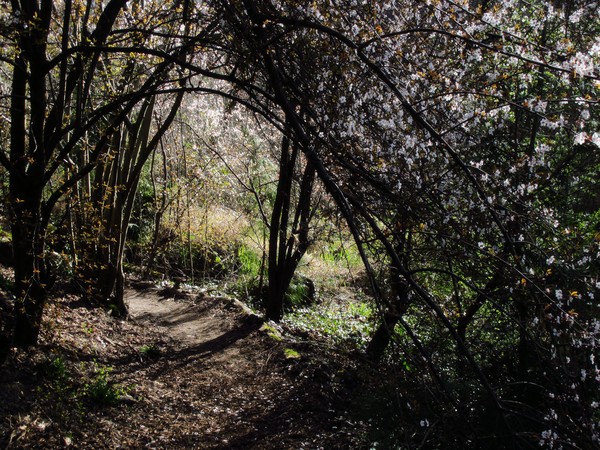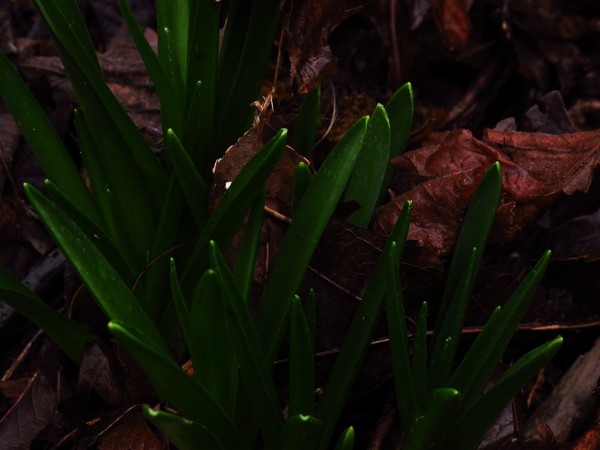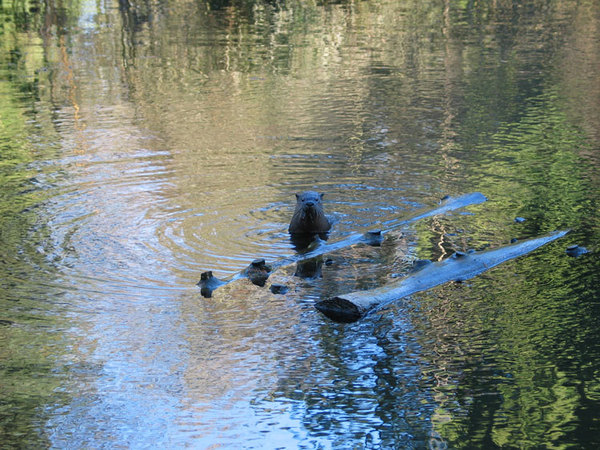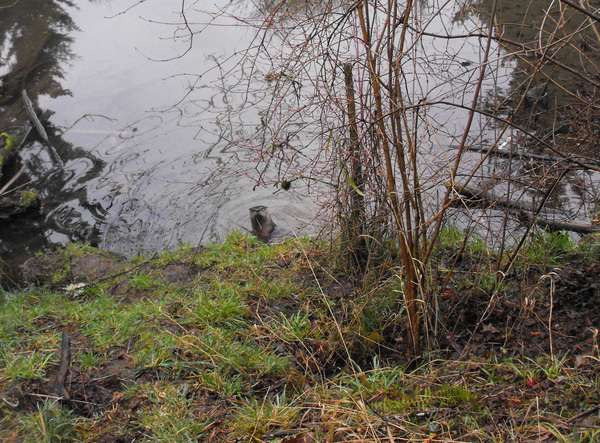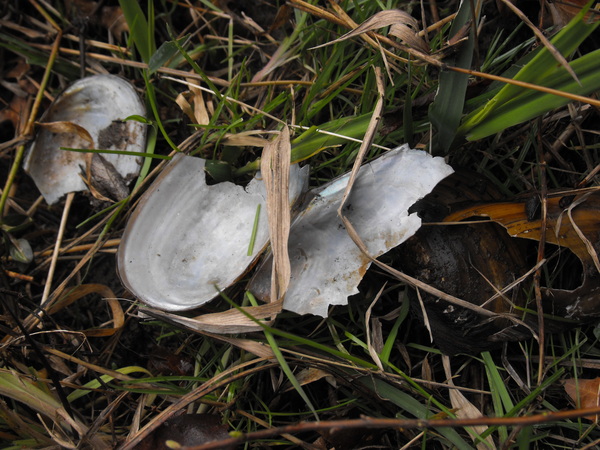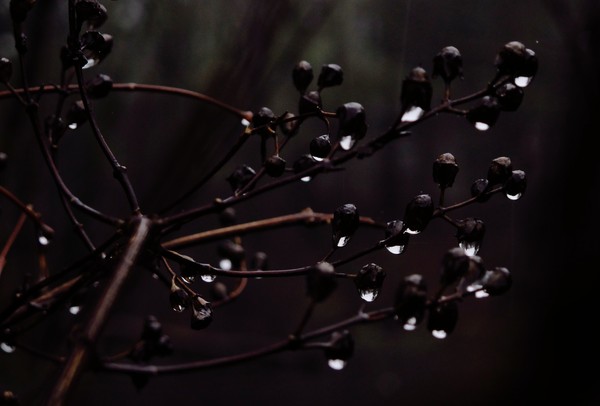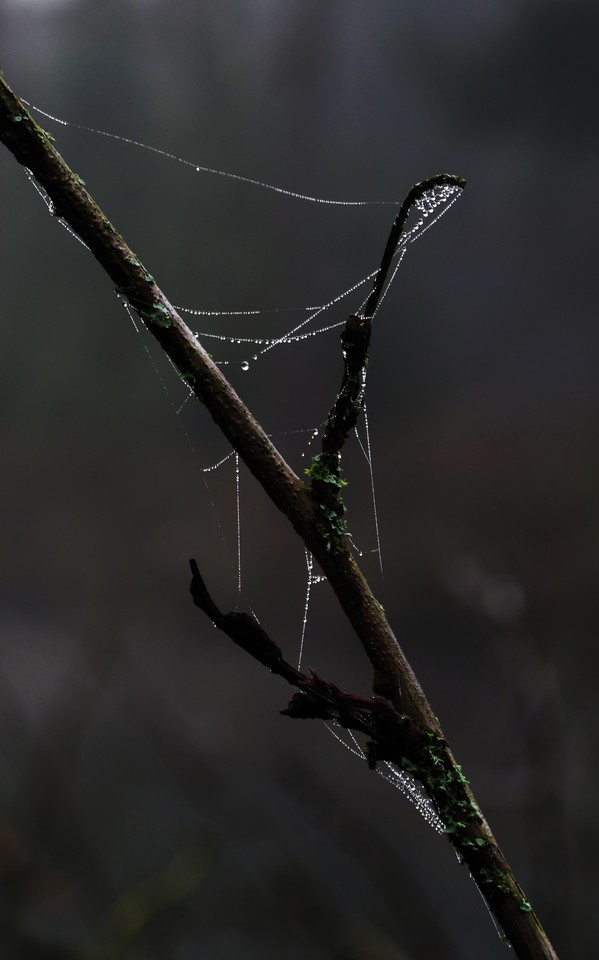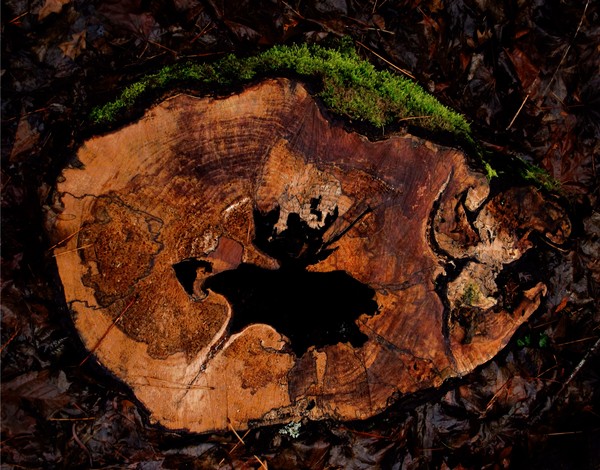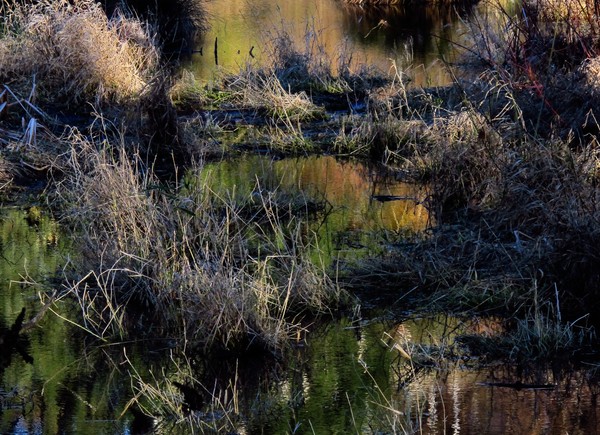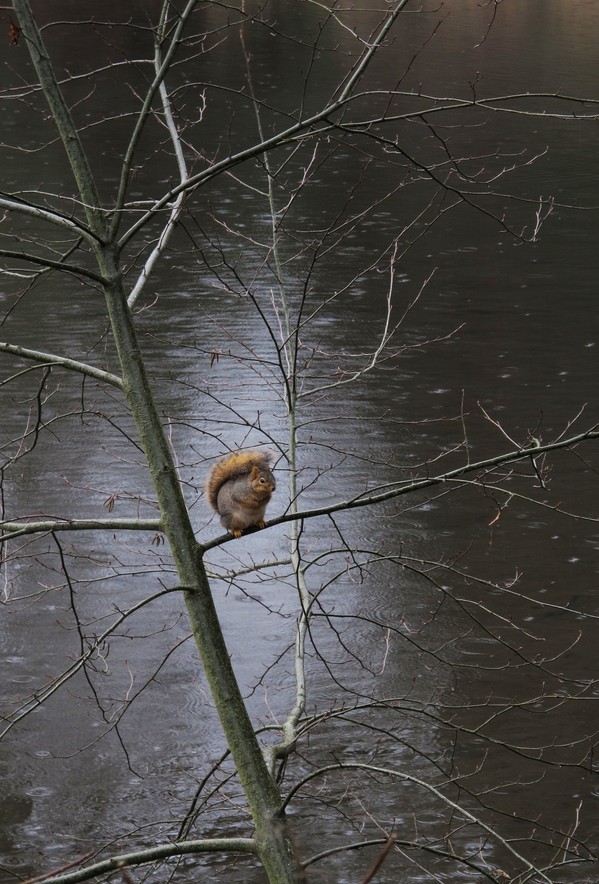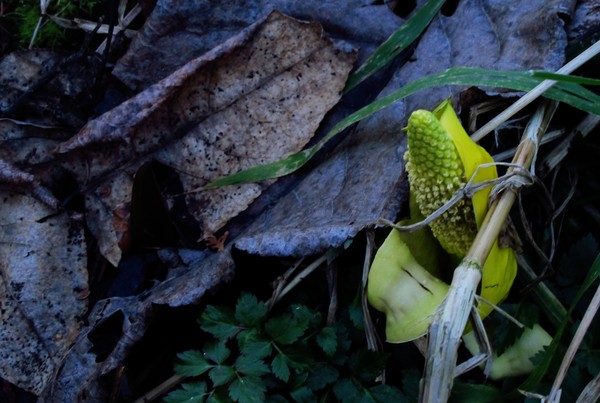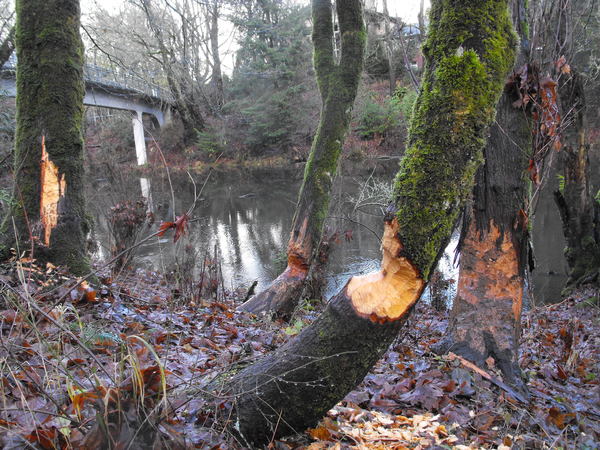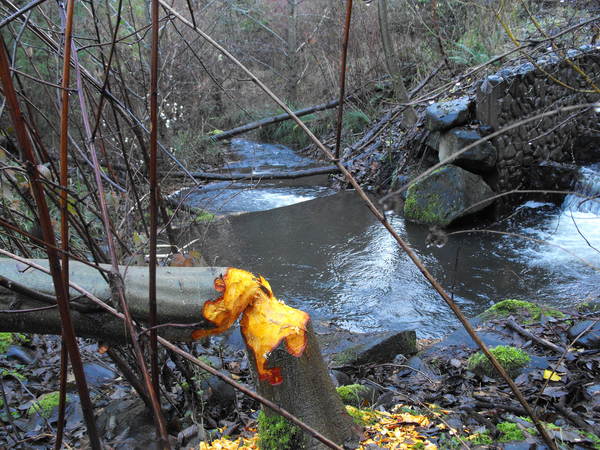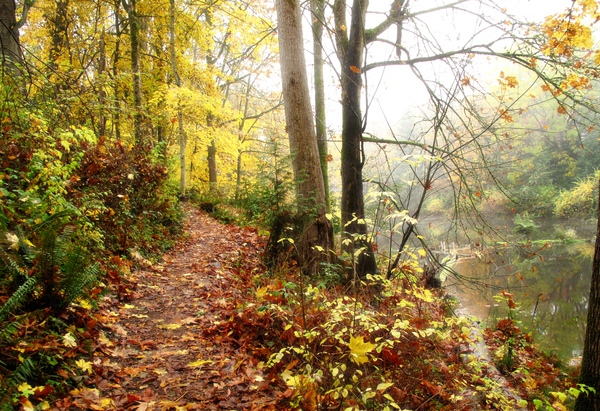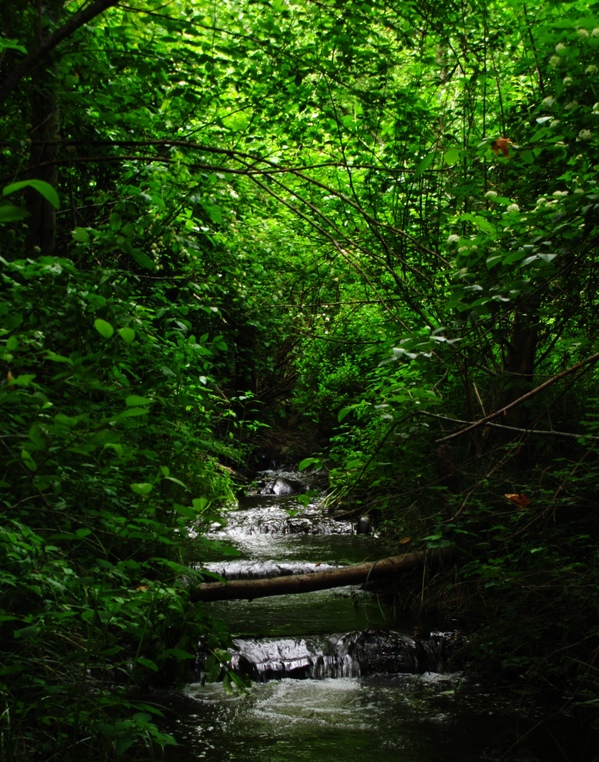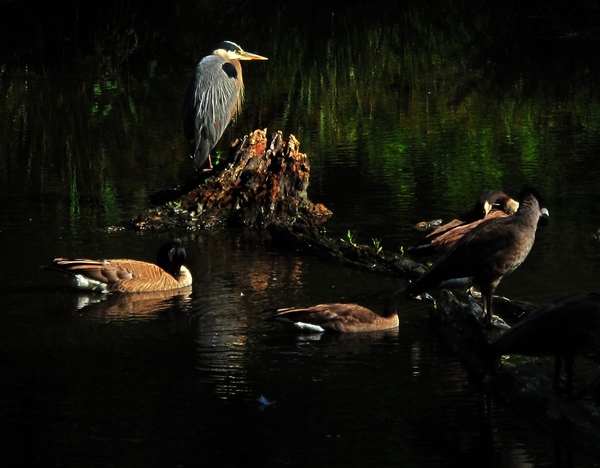Hey all!
So, it's a fresh spring and Canyon Day is officially here. We have a lot on our laundry list for this time around, so we could really appreciate your help.
This year we will be focusing our efforts in the area below the Grove Dorms and above the Farm. For those unfamiliar with Reed's layout:
A lot of what plagues this place is the usual answer – invasive species. Here, the cocktail consists primarily of English ivy, forming a thick, suffocating carpet across the ground and Himalayan blackberry, choking out whatever manages to break through. Removing these, while perhaps tedious with a crew of only three or four, should go much quickly when we're at it flash mob style.
Of course, removing the invasives doesn't do us a whole lot of good if there's no alternative. So, we'll also be asking for help planting a veritable army of native species – sword ferns, Oregon grape, and other perennial favorites. By first removing the invasives, we should be giving them enough of a head start to pull through, as we have seen in other successfully restored portions of the Canyon.
As many people have been noting recently, the trails through this area – favorites of those making their way to the Theater Building – have been deteriorating under pressure from the combined force of spring showers and increased traffic. We're hoping to get a few convoys of bark chips and gravel into trouble spots to patch them muddy spots and make them navigable once more to those not decked out in hiking boots.
To feed the hungry masses, we'll be providing our usual fair – coffee and tea for those who crave caffeine, Ottos sausages for the meat lovers, and a selection of catered bagels, jams and cream cheese for the rest of us. We'll also have entertainment to keep your ears occupied while your hands toil away, brought to you by the Dapper Cadavers, a bluegrass band featuring Reed alums. You can also just take a break by walking through the Canyon – it is particularly beautiful this time of year as native plums, skunk cabbage and other plants are in full bloom and other plants begin to send up vibrant green sprouts:
Interested? Check out our Facebook event page, or look for the signs posted at different trail entrances to the Canyon. It runs 9-3PM this Saturday.

